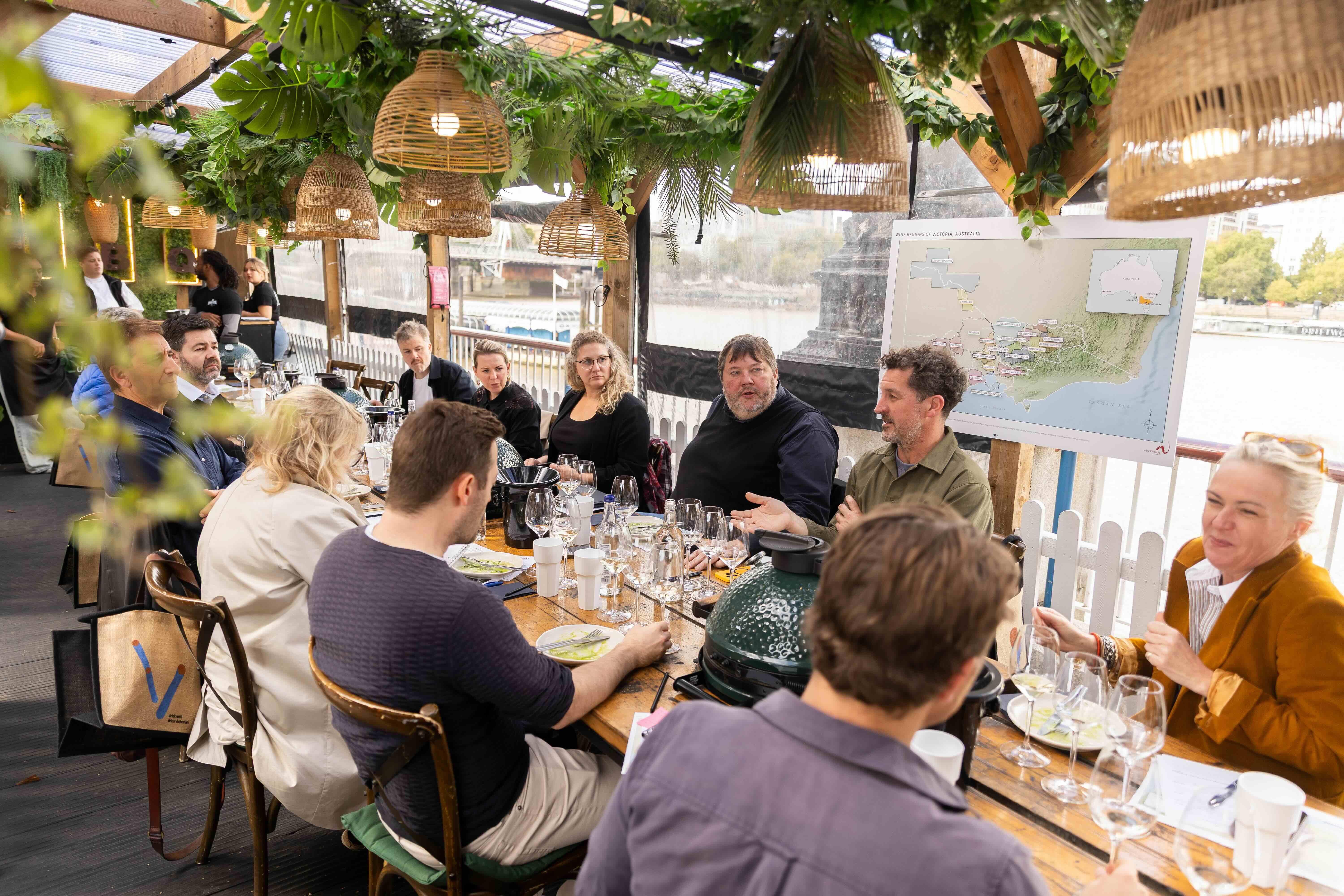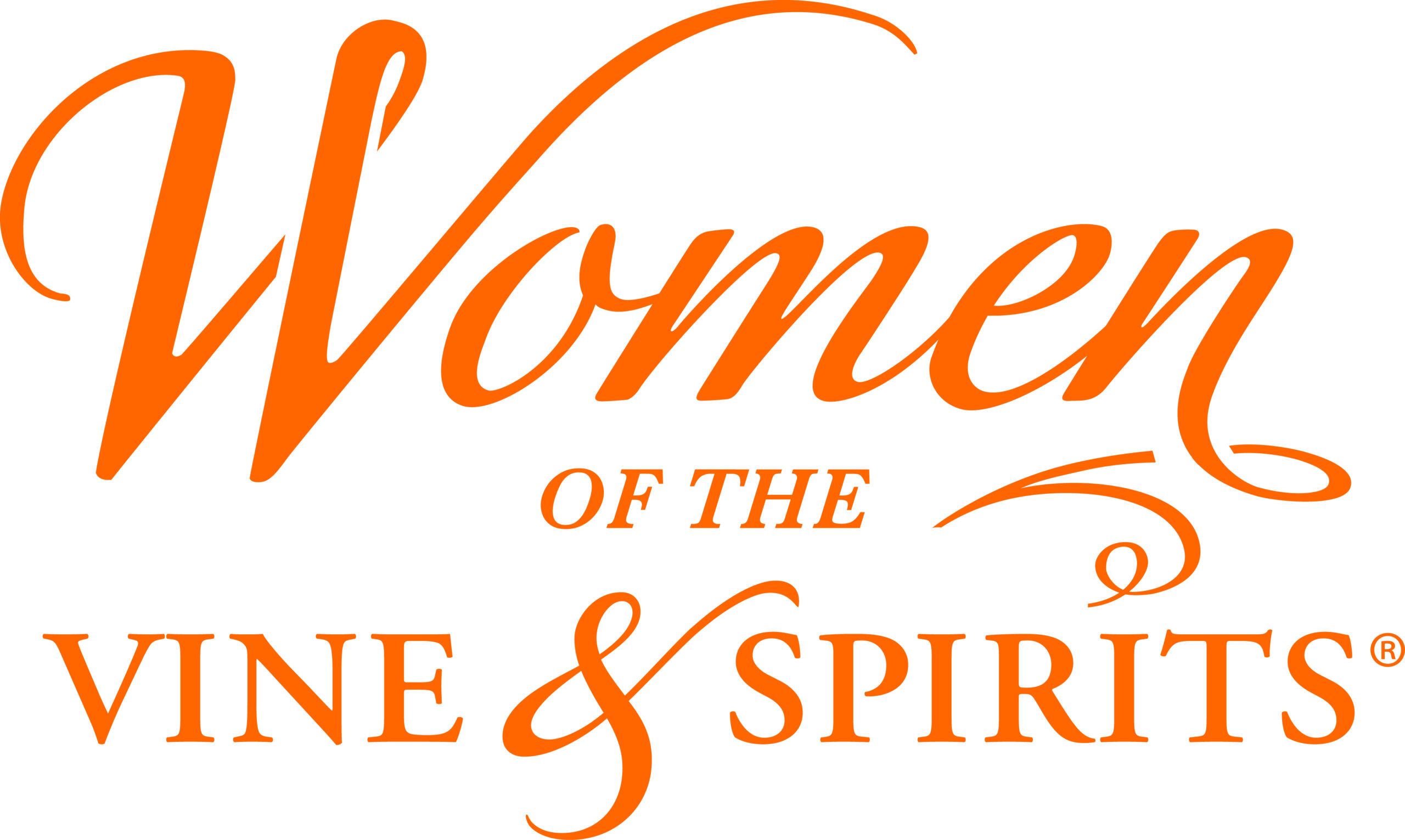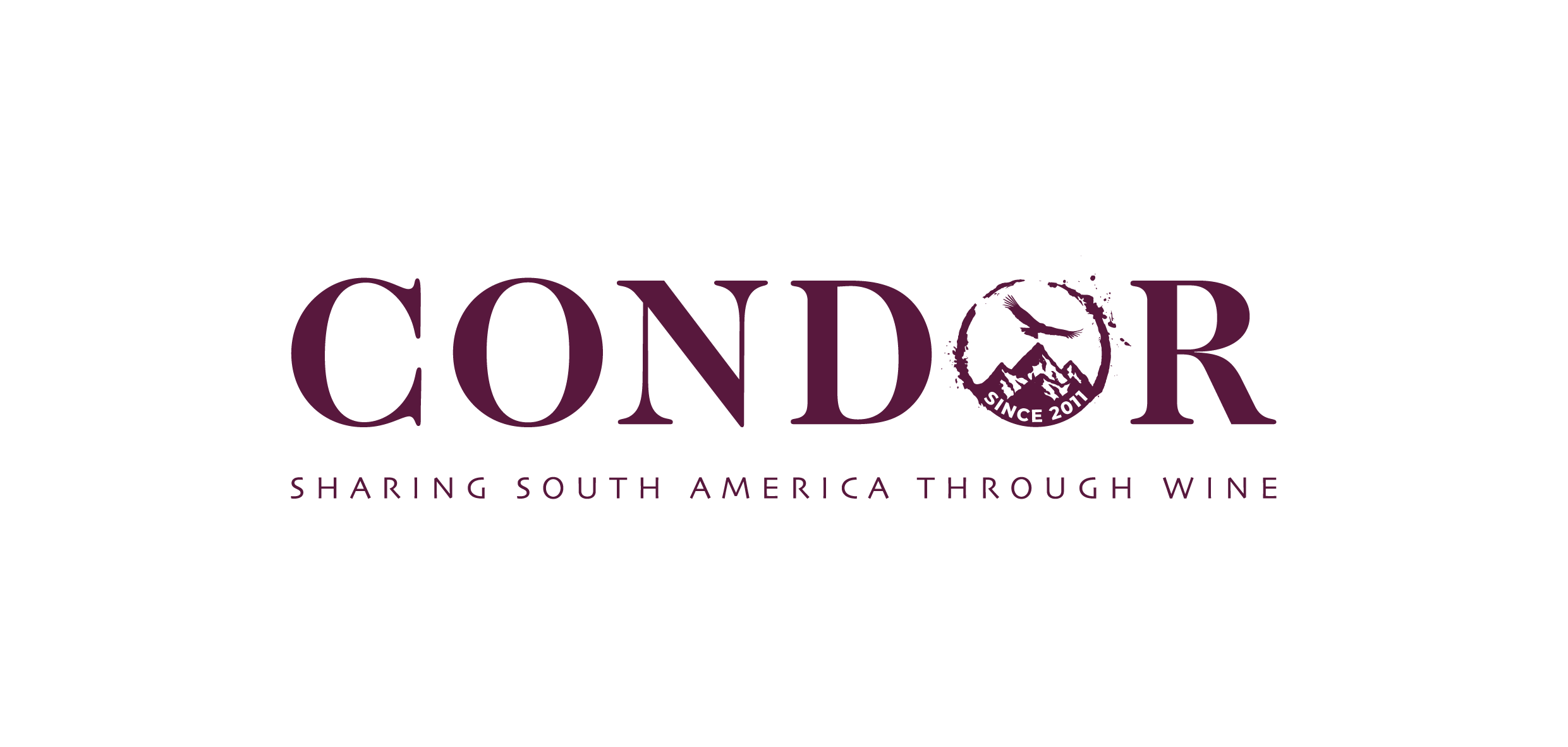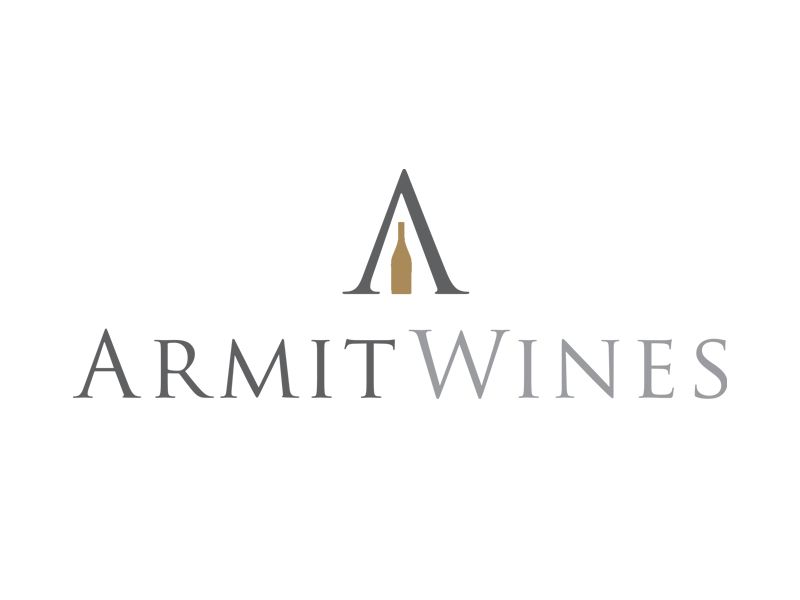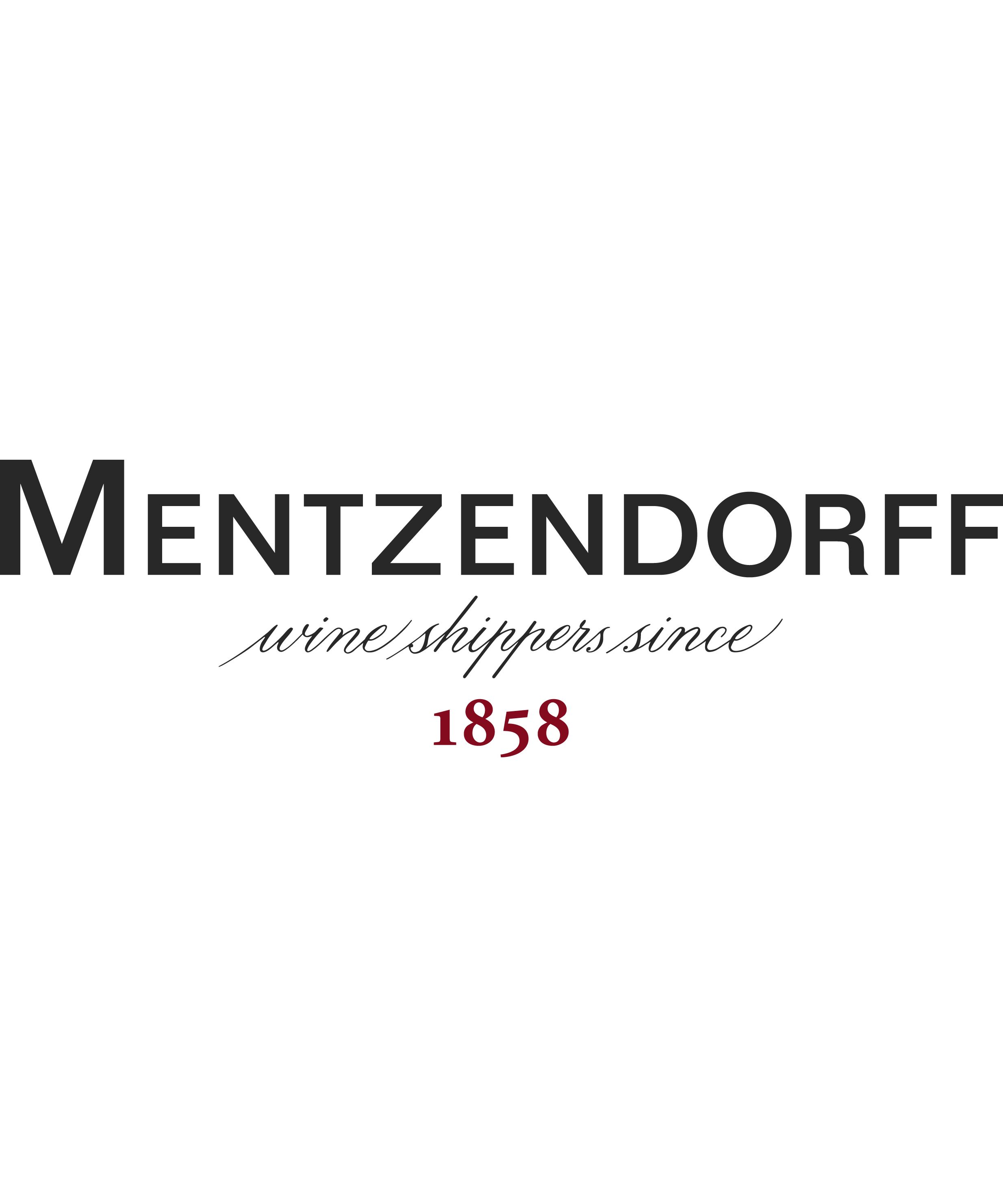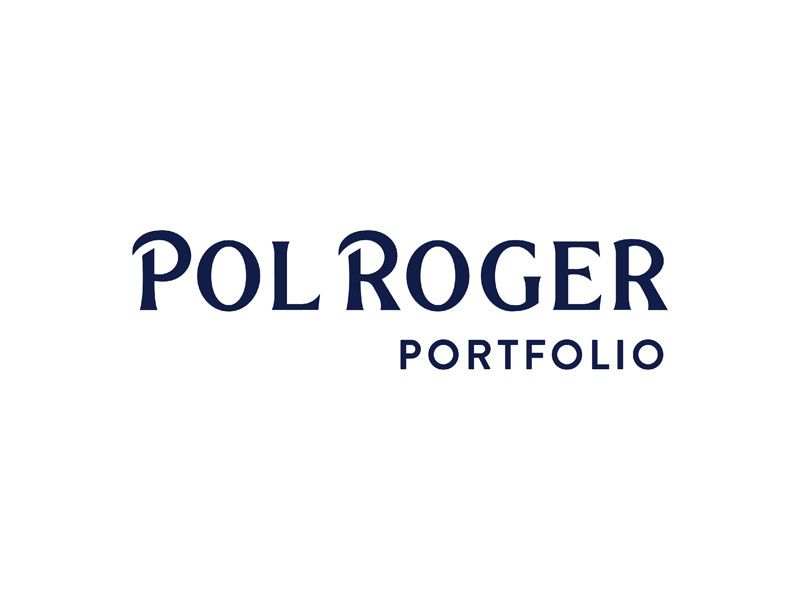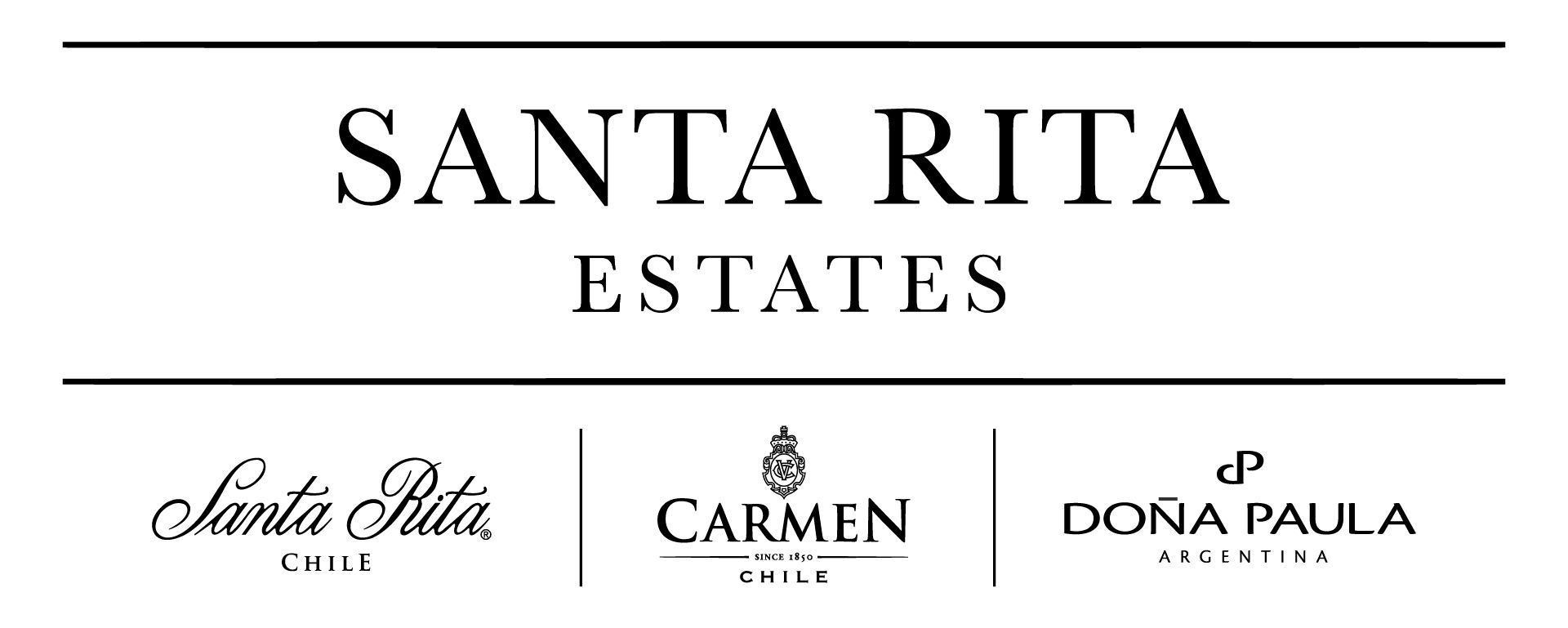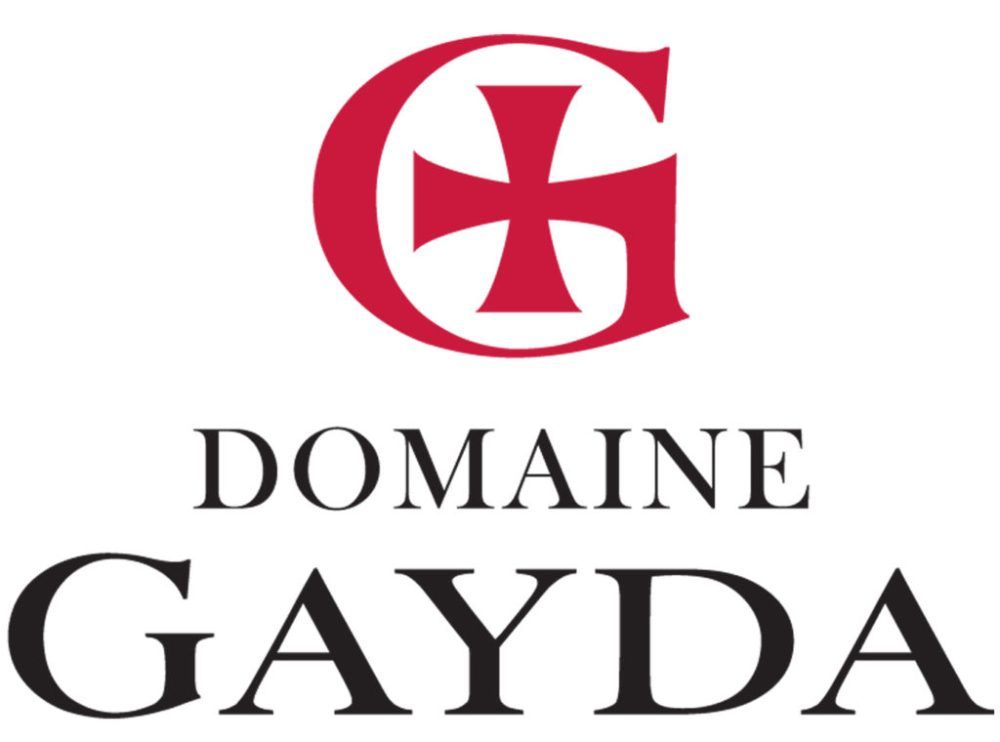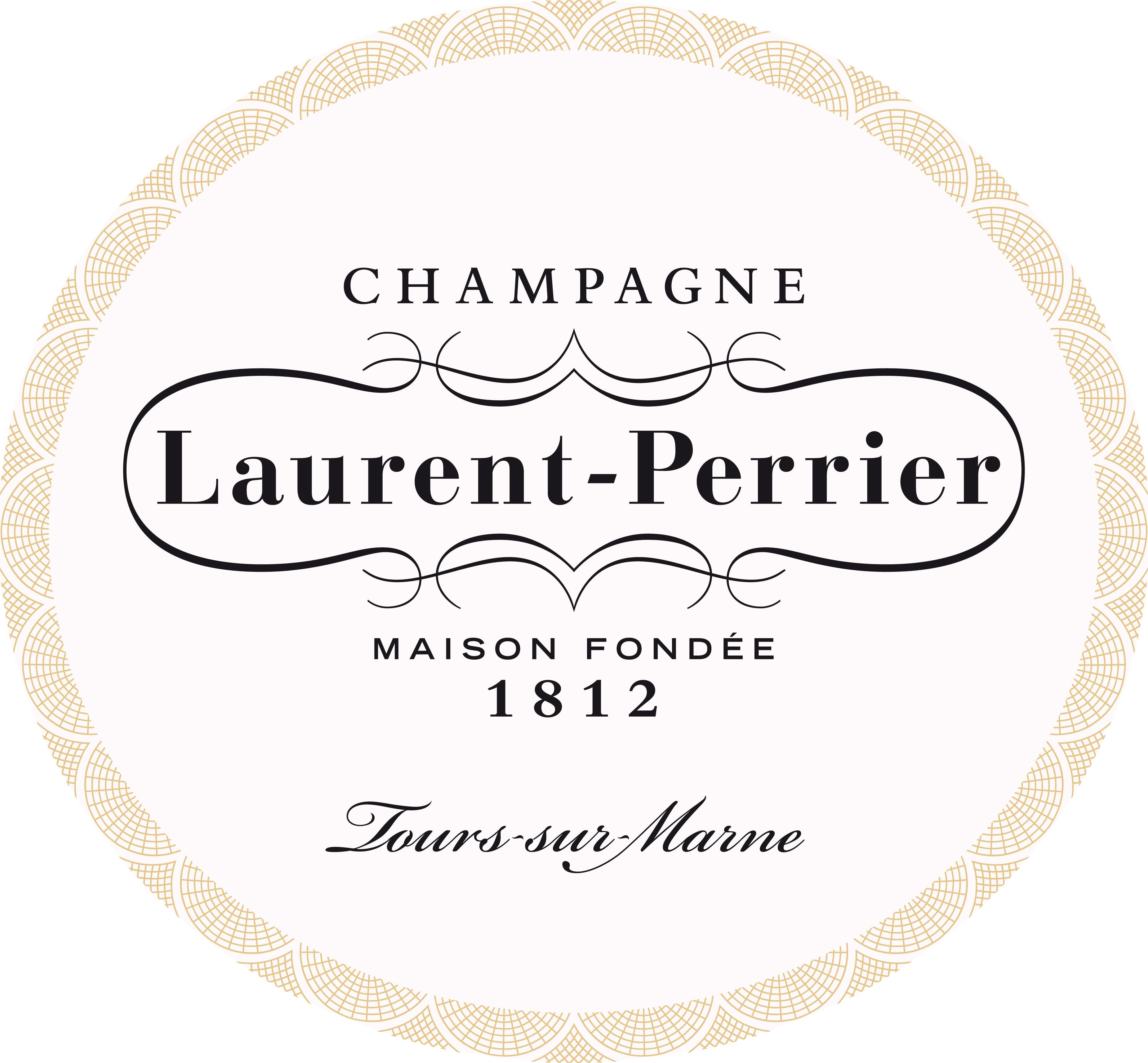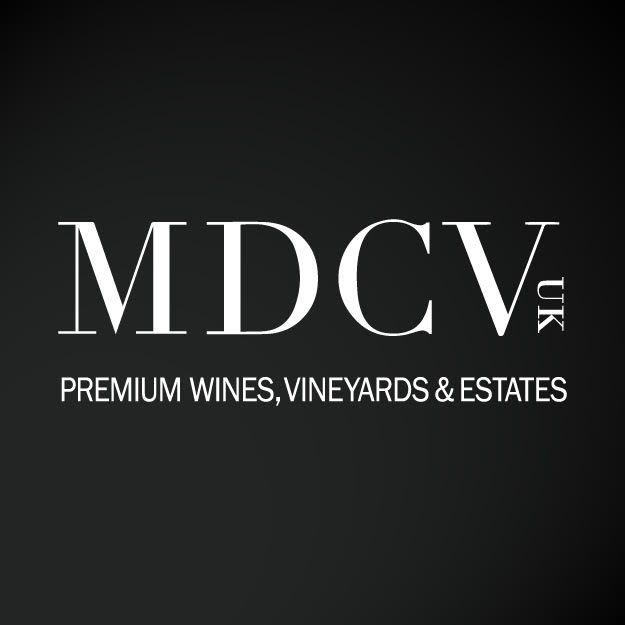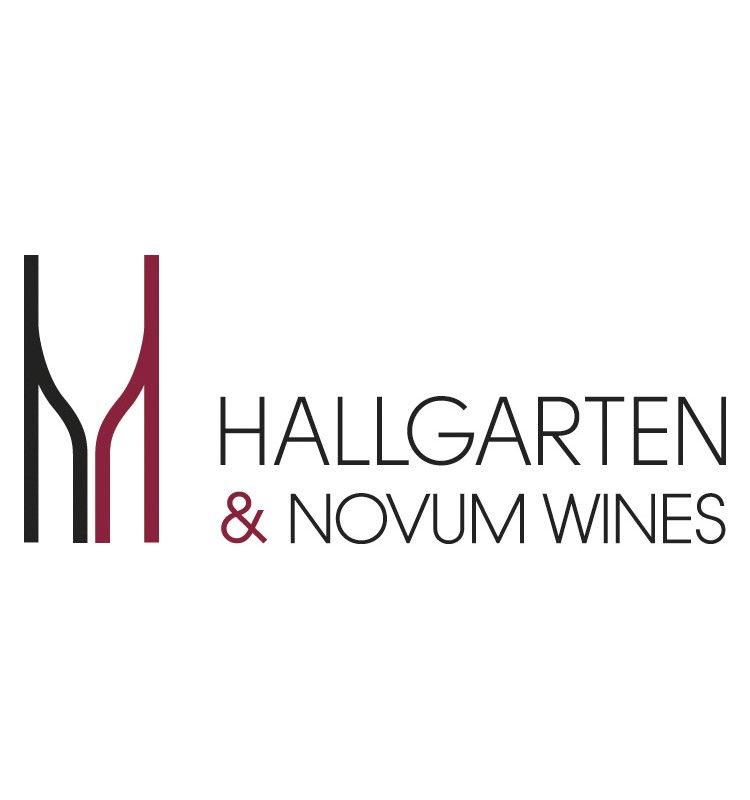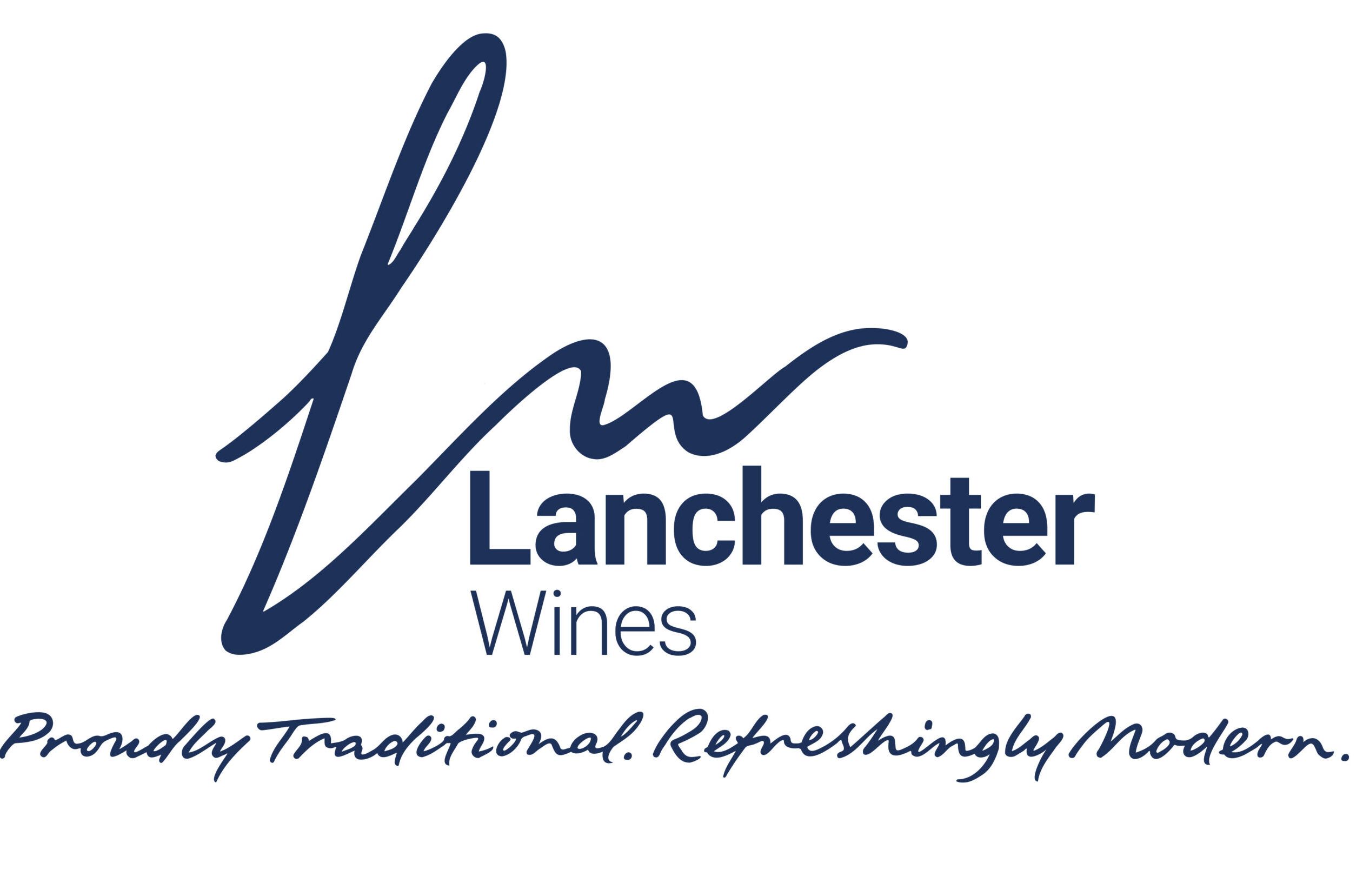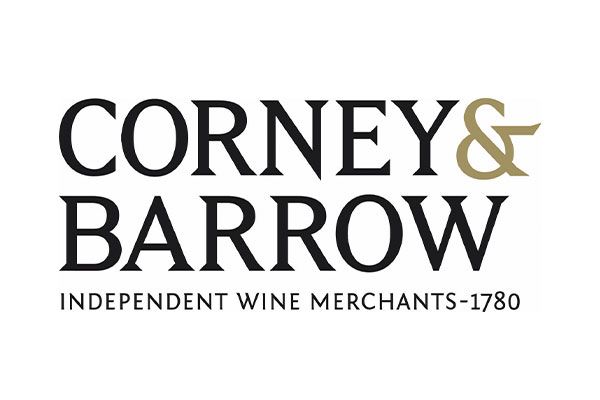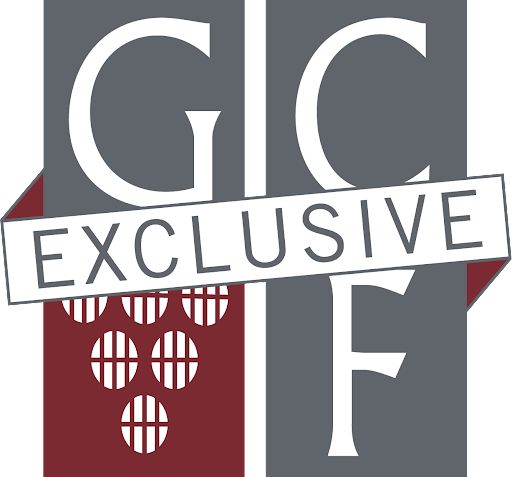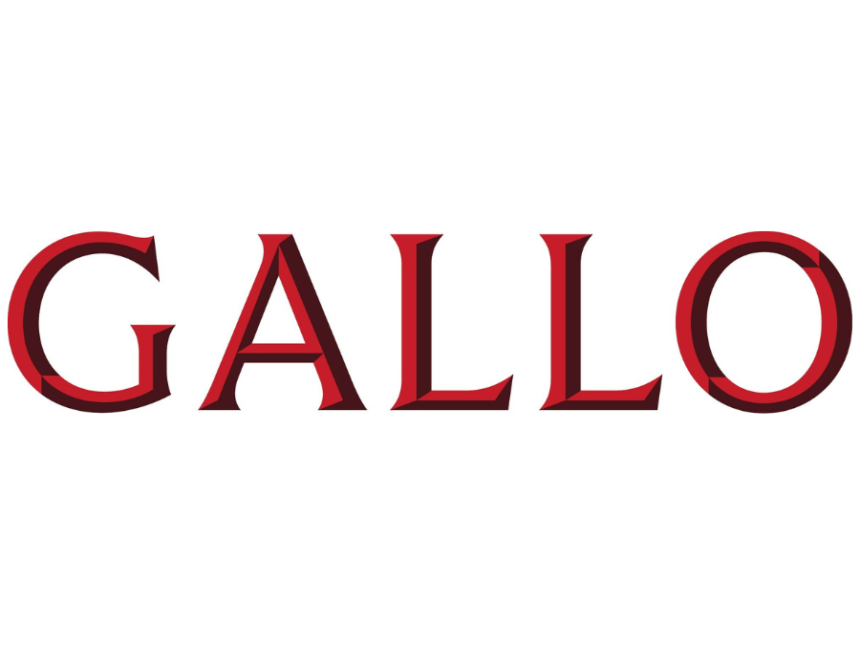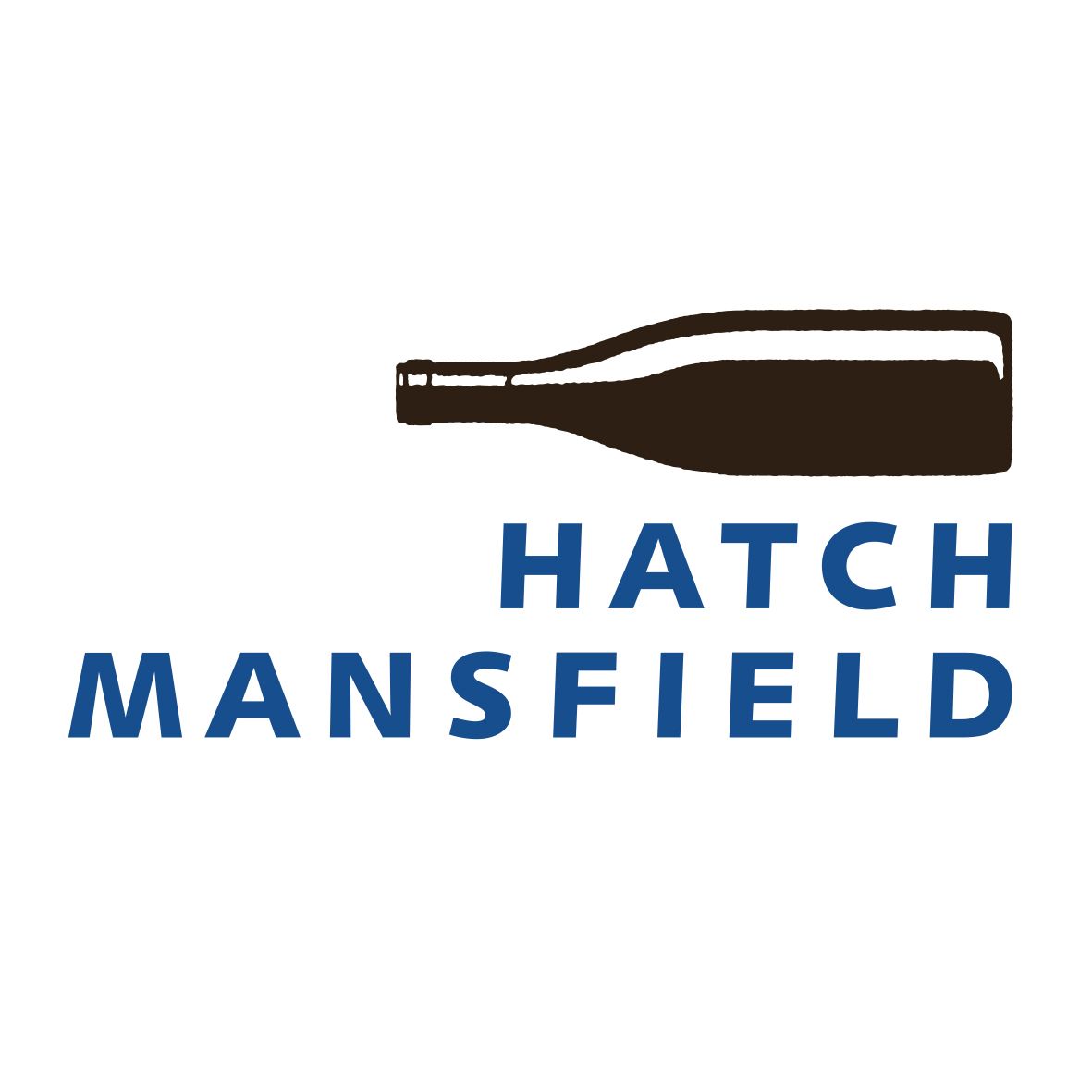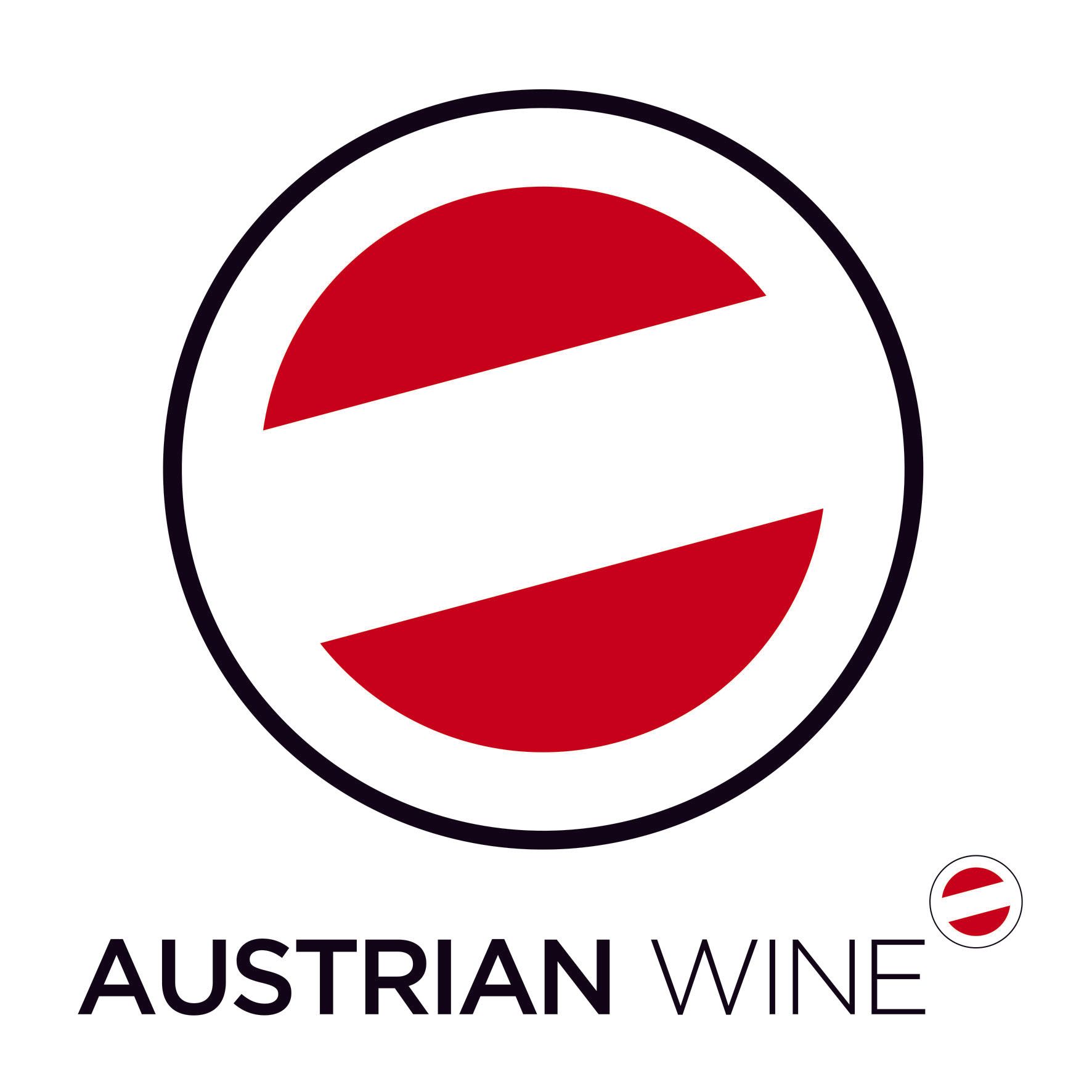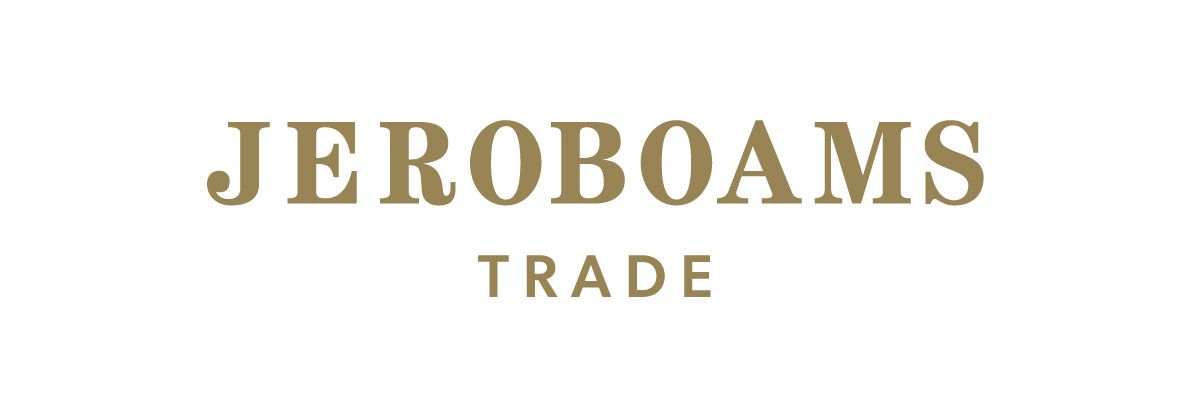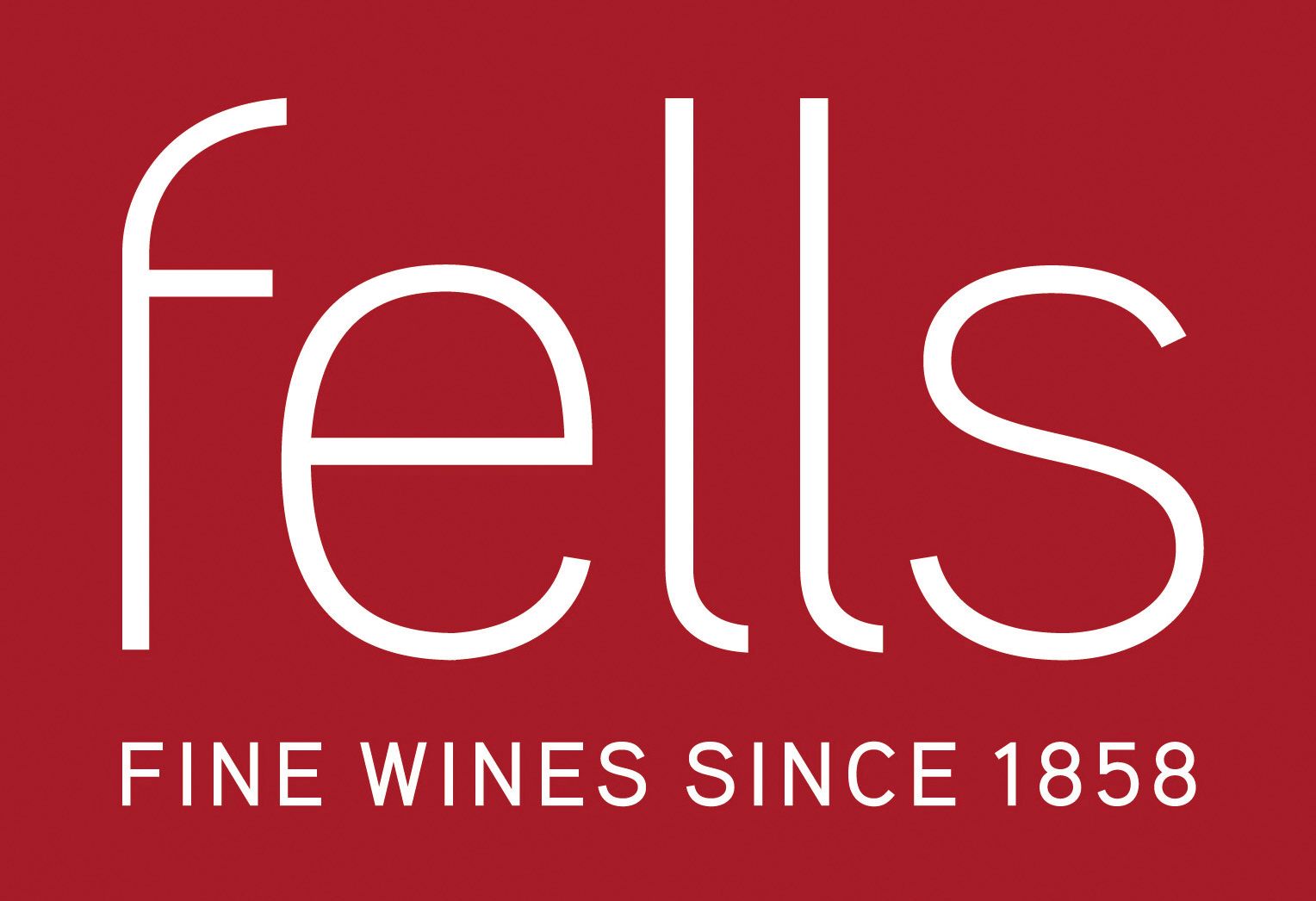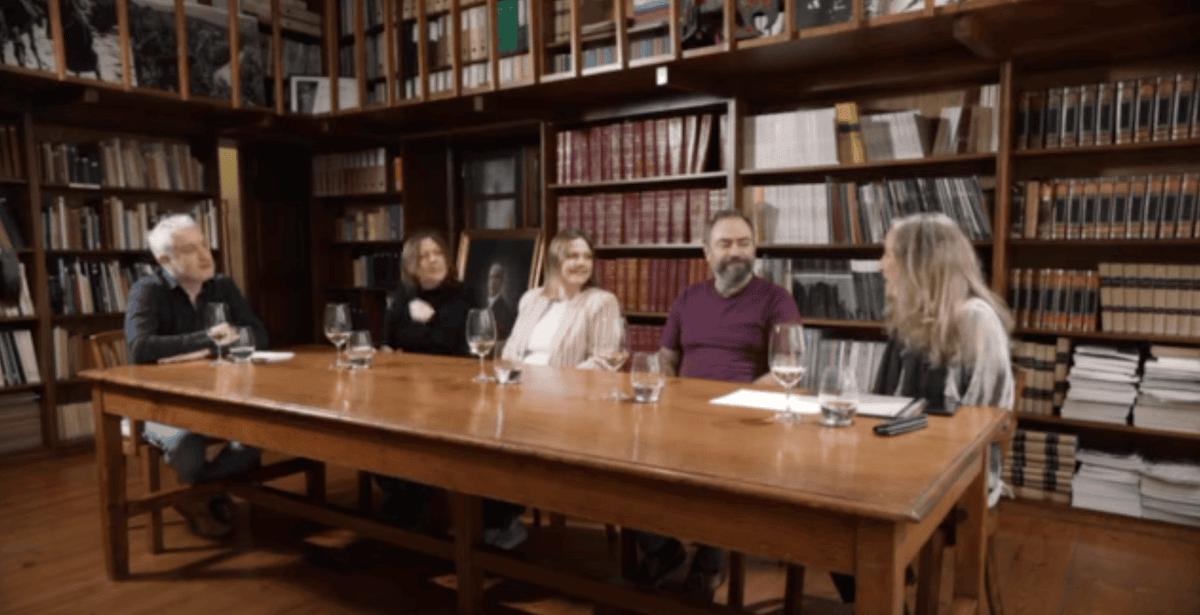Our thanks go to our panel of buyers, and our host Joe Wadsack, who took part in the debate and had the chance to enjoy the food and wine pairing.
Victoria Sharples, wine consultant and wine buyer at Aperivino.
David Kelly, Komerz and Great Wines Direct.
Ed Gilmore, Clark Foyster.
Angela Johnson, Boutinot.
Ben Harvey, Australian Vintners.
Melissa Worrall, Hallgarten & Novum Wines.
James Leach, ABS Wine Agencies.
Tom Planer, Corkable.
Dan Whine, Zapp.
Mac Forbes, Mac Forbes Wines.
Joe Wadsack, wine broadcaster and host.
Victoria, in the south-east of Australia, offers 21 distinct wine regions with marked variations in terroir and climate. Its highly diverse landscape and weather are well suited to producing world class wines, and offers a wide range of wine styles, from Mornington Pinot Noir to Heathcote Sanginovese, Yarra Valley Chardonnay, King Valley Prosecco and Rutherglen Fortified wines.
So what better way to demonstrate just how different and versatile Victoria’s wines can be by pairing them with dishes dreamt up by head chef Heidi Stiller at Jimmy’s BBQ Club.
Host for the event was wine professional and broadcaster Joe Wadsack, who kicked off proceedings with a brief description of the region and its winemaking credentials, which date back to the 1850s.
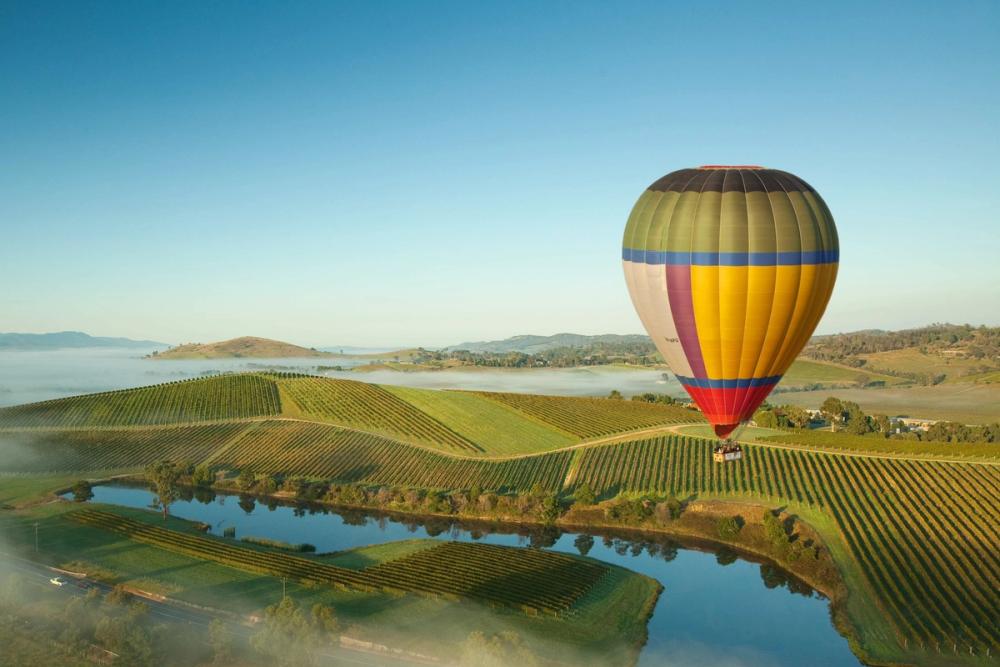
Victoria is arguably the most diverse wine region in Australia with its 21 sub regions
This was a time when the region enjoyed a huge boost to its population and prosperity as prospectors flooded into the area from around the world on the wave of a gold rush, following the discovery of the precious metal in Mount Alexander. Immigrants from France, Italy and Spain planted the first vineyards in the area, establishing the region as a winemaking state.
Fortuitously for those early settlers, the diverse terroir and climate of the region lends itself extremely well to producing great quality wines, and in a wide range of styles. Compare, for example, the mean average temperature of 20 degrees Celsius in the Mornington Peninsula, where cool climate Pinot Noir is produced, to the warm continental climate of Rutherglen, famed for its fortified wines.
“The sheer breadth of styles being made across the state is astonishing with everything from fortified dessert wines to Champagne-quality sparkling wines, from powerful but balanced Shiraz to bright, crisp Chardonnays,” says Wadsack.
Some of this diversity he attributes to the ancient soils, amongst the oldest winemaking terroir in the world.
“This is the story across the state,” he says, “The extraordinary minerality, the largely infertile low vigour soil, from the Grampians to the Alpine Valley. The vineyards planted here have naturally low vigour and low yields, coupled with fantastic minerality, acidity and age-potential.”
Sum of its parts
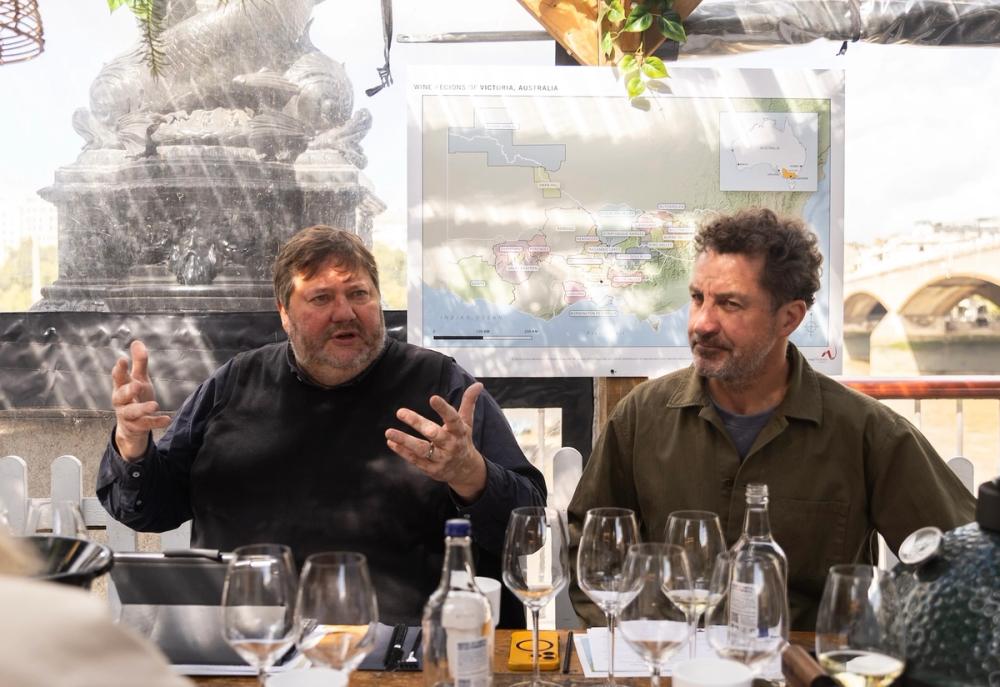
"The sheer breadth of styles being made across the state is astonishing," says Joe Wadsack
Victoria as a wine producing region is arguably less known than the sum of its parts - with areas such as Mornington Peninsula, Yarra Valley and Rutherglen having a much bigger profile.
“Historically Australia hasn’t really differentiated wines from different regions, though those in the know really understand the regions of Victoria, such as Mornington Peninsula for instance,” says Ben Harvey, co-founder and director of Australian Vintners which has shipped wines from Peerick and from Oakedene, and is looking to expand that offering in the future.
“We love the light style of the wines made in the maritime or altitude climate, and that shines through in real precision and a lightness which our clients really really adore,” he adds. “I think the real USP for Victoria is in its Pinots and Chardonnays both of which are super impressive.”
David Kelly, chief procurement officer of Komerz and chief executive and founder of Great Wines’ Direct, also believes most consumers are still “largely unaware” of the diversity within Australia’s wine regions, with Victoria being no exception.
“There’s a real opportunity and a need, for education here,’ he says.
He has just signed a new producer from Victoria, and is making it a priority to highlight the unique qualities of the region to his customers.
“Among serious wine buyers and sommeliers there is growing recognition of standout areas like Mornington Peninsula, Eden Valley and Margaret River. But for the wider public much of Australia is still seen as one large homogenous mass.”
This is slowly changing, he says, thanks to “increased focus on regionality and producers willing to tell their stories”.
“The challenge and opportunity is to break down those old stereotypes,” he says.
Education is key, says Kelly, whether that be through in-store events, social media content or collaborations with sommeliers.
“The more we can share about the people, places and processes, the more engaged our customers become.”
Industry data backs that up with those regions that invest in education and storytelling consistently enjoying higher growth rates in export markets such as the UK, according to Wine Australia.
Focus and confidence
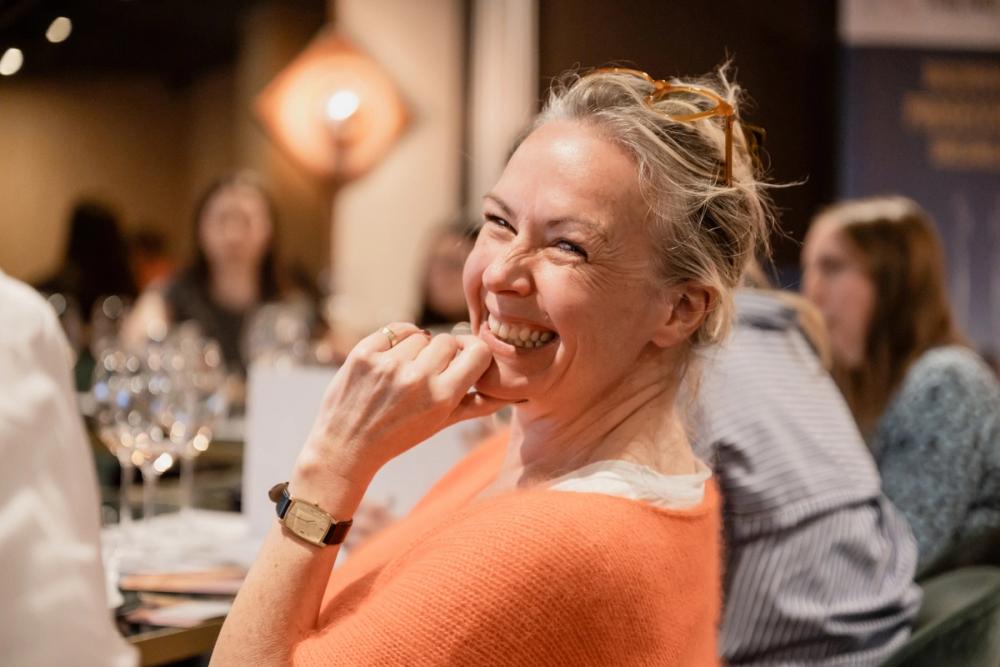
Victoria-raised and appropriately named Victoria Sharples has been promoting the state's wines throughout her wine buying career
Victoria Sharples, founder of wine consultancy Victoria’s Wine Secrets and consultant at Apervino wine bar, is something of a self-confessed fan girl for wines from the state. Not only is she from the region, she used to run a Melbourne-inspired wine bar and restaurant in London until a couple of years ago, where she served up a selection of wines from Victoria, and has been importing wines from the region since the early 2000s.
And as a panel chair for the International Wine Challenge she probably tastes more wine than most. She says she loves Victoria wines for their “approachability, elegance, focus and confidence.”
”I find the Victorian entries [to the IWC competition] are always well made, expressive and have excellent balance. They are reliable and characterful. And more often than not, they have good fruit expression as well as minerality. These are not sunshine in a glass wines, but wines that have character, as well as a refined fruit style that gives them immediate approachability – unlike some vintages of wines from Europe.”
Despite the quality of the wines, Sharples believes awareness of the region in the UK, amongst both the trade and consumers, has barely increased in recent years, but offers a good opportunity for those willing to get behind it.
“I think there is great awareness and an opportunity particularly for the independents and restaurants, where the wines can be hand-sold,” she claims. But she concedes that the region has a long way to go before its 21 regions are widely recognised.
“The area is very diverse and is what I refer to as a desert island wine region as they produce every style from sparkling through to their extraordinary fortified.”
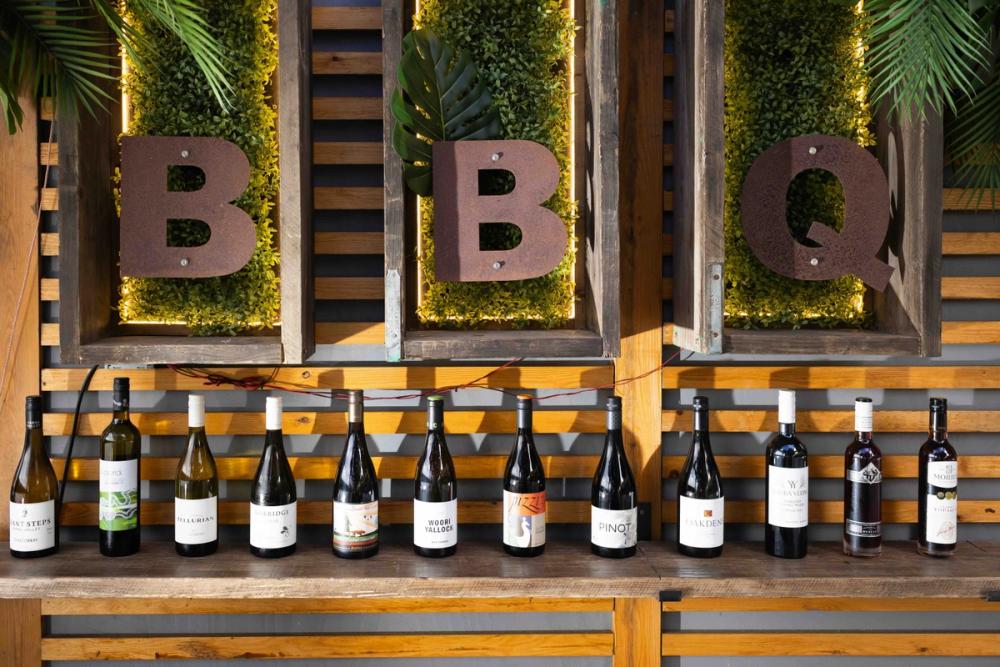
The wine and food pairing session was a chance for buyers to taste through a wide range of wines from across Victoria state
Boutinot’s Angela Johnson reports growing interest in the region from customers with particular enthusiasm for wines from Yarra Valley, Heathcote and Rutherglen.
Boutinot ships a range from Soumah of the Yarra Valley, Morris of Rutherglen, Pyren Vineyard from the Pyrenees and Tellurian from Heathcote.
She particularly admires its diversity and quality: “These have been well received by our customers,” she says “Some of the wineswe list are niche and ‘hand sell’ wines which the small indie shops are passionate about.”
They are also “excellent quality,” she adds. “The branding is all tasteful, classic and reinforces the perception of high-quality wines. Personally, I love our Tellurian Marsanne, our Pyren Earthscape Sparkling Shiraz and Cabernet Franc and the Soumah Hexam Chardonnay. These wines are all fantastic expressions of these grapes and show the diversity of the region.”
She adds: “I’m also very passionate about Morris of Rutherglen as such a historic wine producer, founded in 1859, and now made by a sixth generation winemaker from the family, Madden Morris, they represent everything that is great about wine – family, heritage, tradition, but also innovation – (they use their vast store of wine barrels to age the amazing whiskey they also make).”
It’s the independent merchant sector and sommeliers that really understands the diversity of Australia and the specialisms within its regions, she adds.
Pricing matters
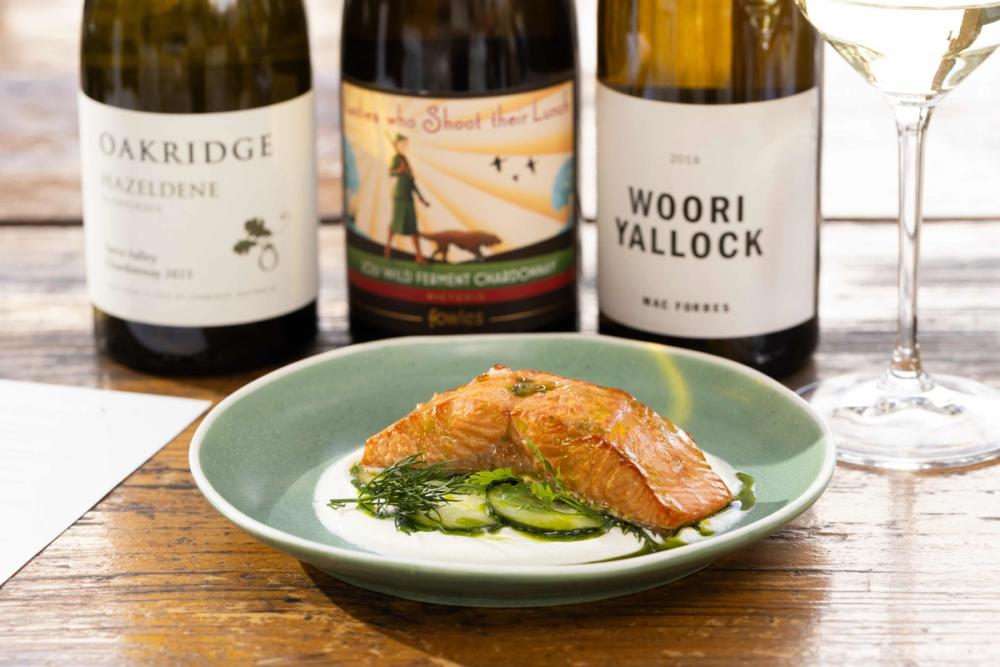
The wine and food pairing lunch was the chance to see how Victoria's wines performed against different dishes
The panel were split on what was the best price position for Victoria in terms of getting listings and more distribution.
“I think Victoria will find it difficult to compete at the very highest end against Old World French Burgundies,” says Australian Vintner’s Harvey.
“However, at between £30 - £60 I think Victorian wines offer a huge pick up in quality relative to price. It’s often difficult to compete purely on price given the costs associated with bringing wines from the other side of the world. That quality to price relationship does work in favour of Australian wines in general and our clients really value that.”
Boutinot’s Johnson says we are now seeing “more realistic” pricing, which she says could be related to the new trade deal with Australia. That said she thinks the quality of wines from Victoria means they deserve a slightly higher price point.
“Price is always a barrier, and an emotive subject but for these wines and the volumes we sell they sit in the right level. We don’t have high volume wines from Victoria in our portfolio so we are happy with where they sit.”
David Kelly also believes they offer good value for money.
“Prices from Australia have edged up slightly,” he says, “but the value is still compelling, especially at the premium end. When the quality is there, people are willing to pay for it. The challenge is communicating that value and overcoming any lingering perceptions of ‘cheap and cheerful’ Aussie wine.”
Consumer appeal
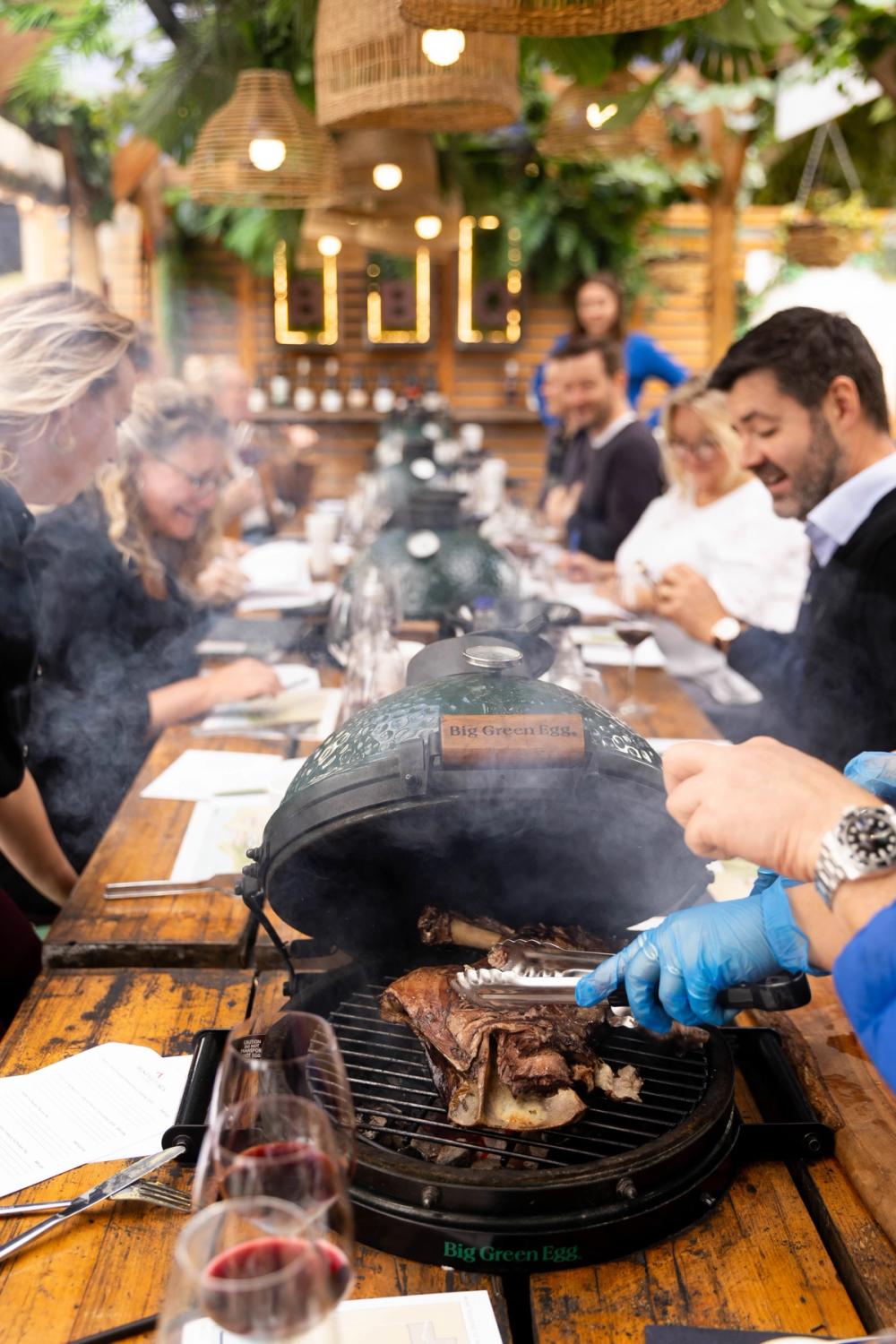
What better way to enjoy wines from Australia's Victoria state than with a classic Aussie BBQ
These are also wines that match nicely with what consumers are looking for.
Johnson explains: “We have some very good, well-made wines which appeal to our customers, coupled with some more ‘out there’ wines which can find their niche too. The focus is mainly on great quality winemaking, great fruit expression and great producers making high quality, beautiful wines.”
Kelly agrees that Victoria wines tap in nicely with what consumers are seeking out.
“There’s a clear movement towards wines with depth, subtlety and a sense of terroir. Qualities that Victoria’s best producers deliver in spades. Consumers are looking for wines that reflect old world sophistication with an unmistakeable new world energy,” he says.
Not only that, he says, but sustainability and organic credentials are becoming increasingly important to customers, and Victoria is leading the way in this field.
“The sense of community amongst producers is palpable and makes for a compelling narrative,” he adds. “There’s a genuine excitement about what’s next from this region, and I’m optimistic about continued growth and innovation.”
Stand out wines
Of the dozen wines tasted at the event, Sharples particularly admired the Mac Forbes Woori Yallock Ferguson Chardonnay, describing it as “showing beautiful linearity, fresh yet textural and long – precise with citrus and a hint of smoke, it’s very grown up, layered and rewarding to drink”.
Another standout wine for her from the day’s selection included the Pizzini La Vole Nebbbiolo, “a terrific example of a Victoria Nebbiolo (rather than South Australia or Piedmont). It has its own character with mineral undertones,good freshness and fruit that makes it immediately accessible.”
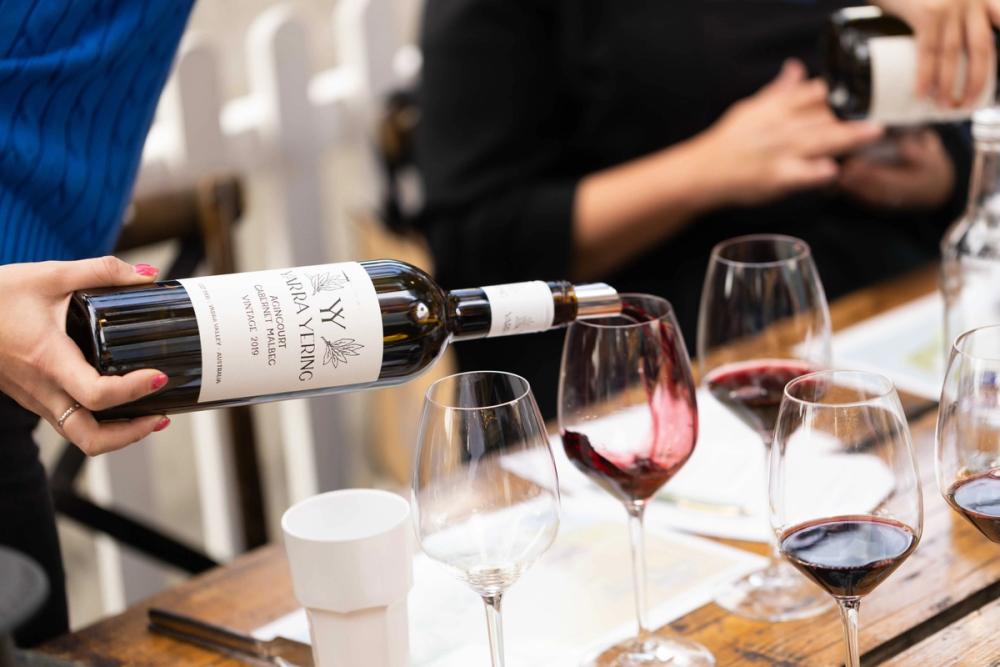
She also commended the Yarra Yering: “A lovely example with complexity and a step away from what might usually be expected from an Aussie Cab.”
Special mention too to the Classic Topaque from Morris of Rutherglen. She says: “Not just a unique name the wine and its flavours are absolutely sublime,” she enthuses. “Coffee and crème brulee, fish acidity underneath keeping it from being too cloying – a very special and underrated wine.”
Kelly says his overall impression of the wines at the event was “excellent” with a few real standouts.
“What impressed me most was the finesse and balance, far removed from the old cliches of over-oaked Chardonnayor blockbuster Shiraz. It’s clear that Australian winemaking has entered a new era and our clients are definitely responding to this shift.”
He adds: “These wines are gaining real traction with those seeking elegance and nuance.”
He also liked the wines’ ability to pair so well with a variety of foods and menus.
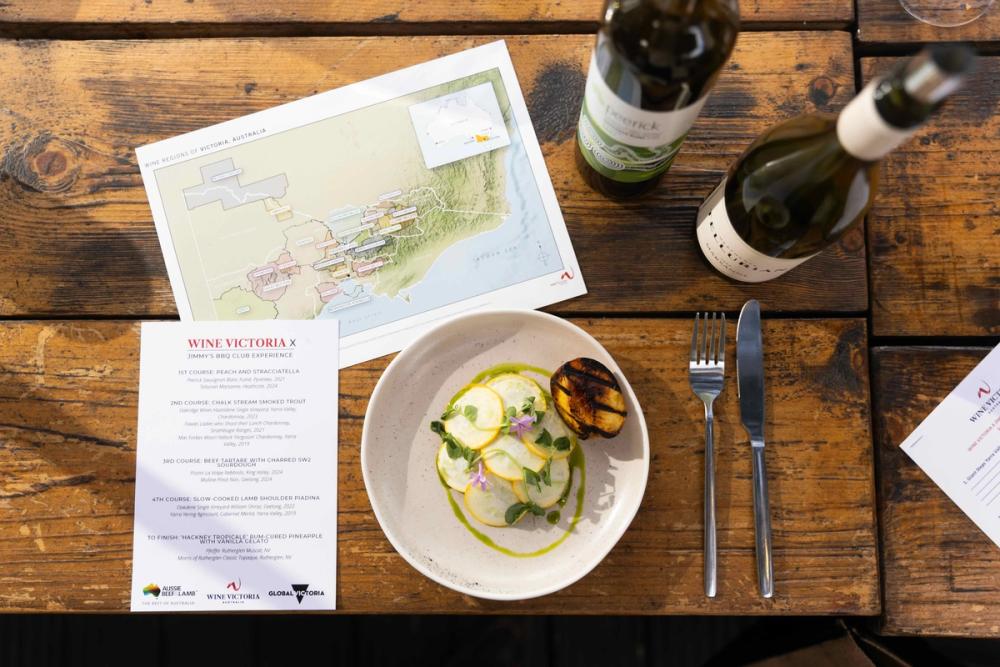
For what we are about to receive...
“The food and wine parings were a real highlight for me,” he says. “The chef’s enthusiasm was infectious and the wines truly shone alongside the dishes. It’s a testament to how far Australian wine has come; these are wines that can elevate a meal and compete with the best of the old world. I often recommend Victoria’s Pinot Noir with duck or mushroom dishes, and their Chardonnays with seafood or creamy sauces. The versatility is outstanding.”
Where next
As for the future prospects for Victorian wines, Boutinot’s Rawlings is upbeat and hopes to grow sales of existing listings as well as generate new ones.
“Some producers are experimenting with different grape varieties, in the case of Soumah, particularly Italian grapes, while others are experimenting with winemaking techniques to produce some slightly out there wines (such as skin contact oaked Sauvignon Blanc in the case of Pyren). This gives us the change to list new and interesting wines which our customers can get excited about selling to their customers.”
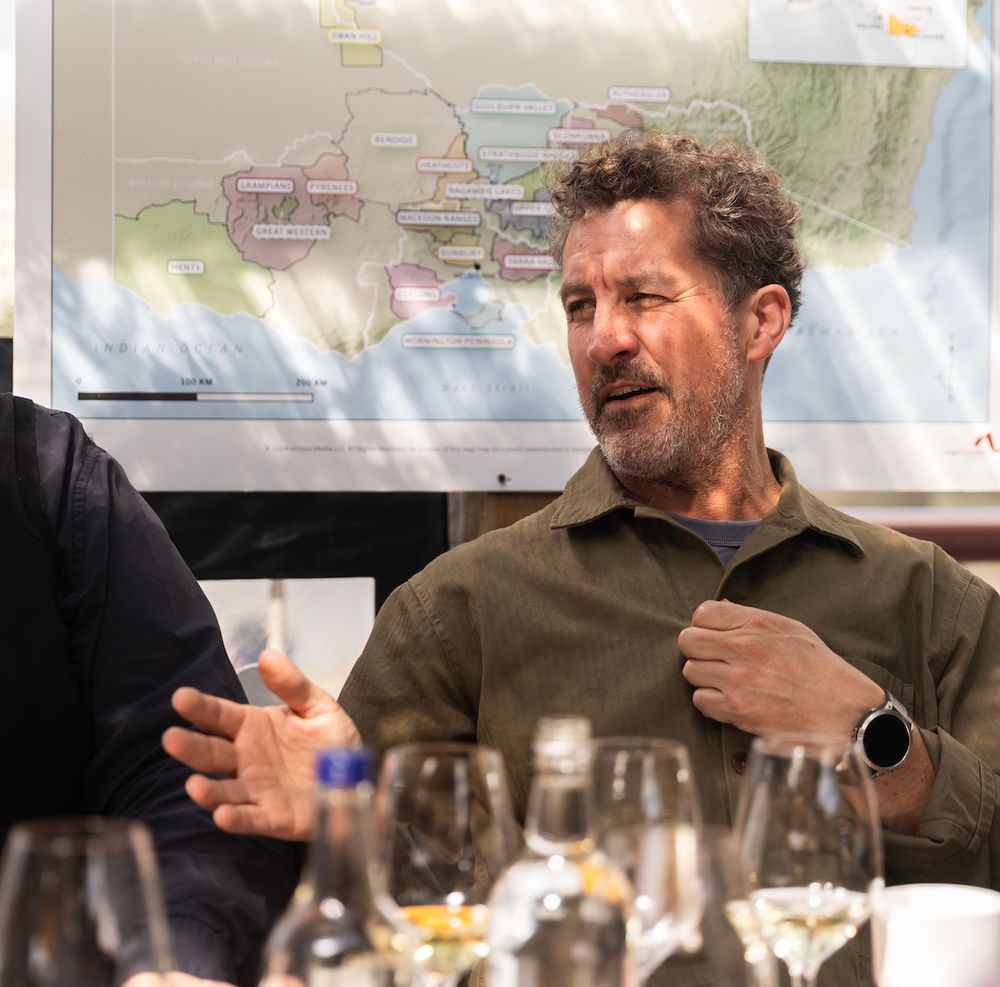
Winemaker Mac Forbes was able to share his personal story and experiences with the group of buyers
Winemaker Mac Forbes thinks this may be the perfect time for the Australian wine industry to reset itself.
“Australia has a huge opportunity at the moment to sell itself, and particularly Victoria with its super premium wines. With all the obvious pressures in the wine world, there’s a sensible consolidation going on at the moment, with lots of old vines being uprooted, particularly in Riverland.”
He says if the first shipment of vines happened to be Italian and not French the Australian wine landscape would probably be very different.
“Someone raised that question the other day, and it made me think - there are many parts of Australia that probably aren’t ideally suited to Cabernet or Chardonnay or maybe even Shiraz.”
With the new wave of plantings, and unsuitable vines being pulled up, Forbes says prices are unlikely to dip.
“We’re never going to see wines at five quid again, but that’s a positive – everything is done by hand, we couldn’t compete on price anyway. So if we drink a bit less, and have to pay a bit more for a better product, I think that’s all to the good.”
The final word on what the future holds goes to Wadsack: “There’s no bar to what can happen going forward,” he claims. “At times like this, countries like Australia are reinventing themselves.”
Younger drinkers, he believes, are not going to be attracted to the region and its wines by the traditional Chardonnays or Pinot Grigio “as they simply don’t have the financial wherewithal”, but instead, it will be more out of the ordinary grape varieties that will be leading the charge and luring in a new generation of wine drinkers.
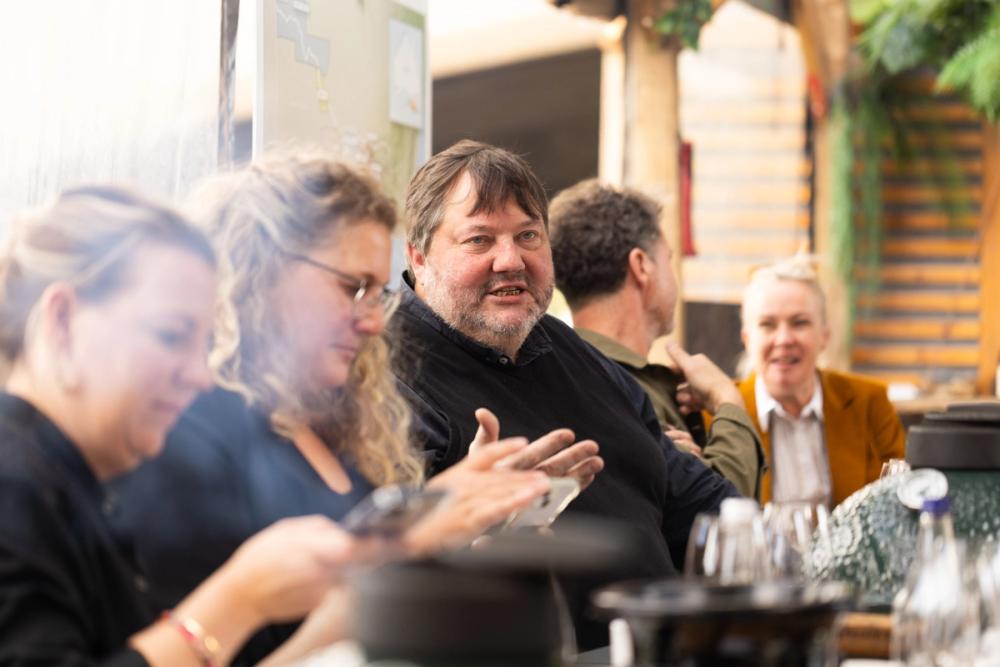
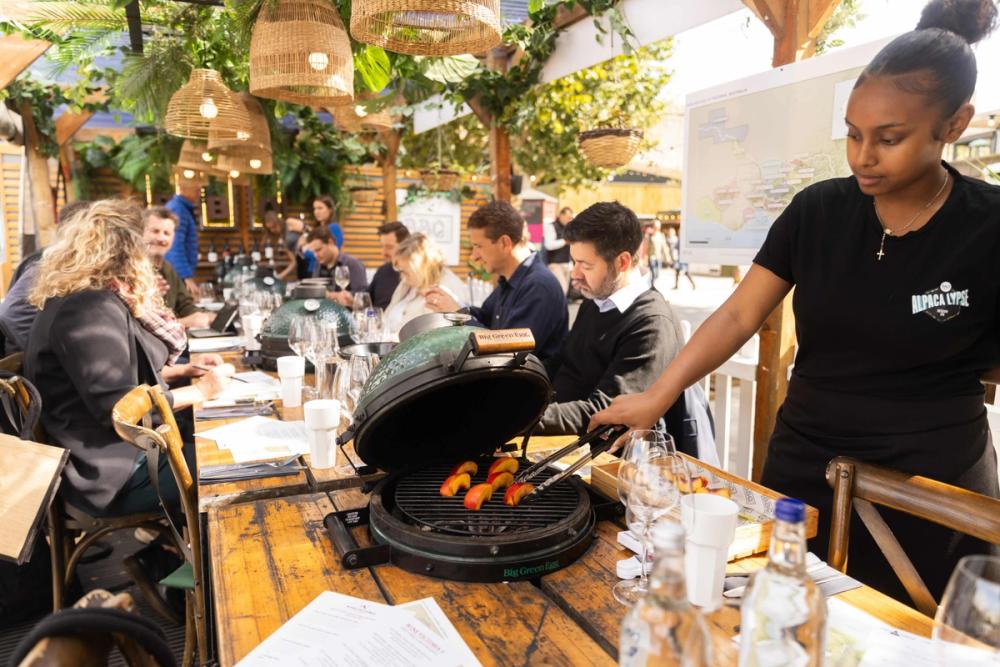
Climate change in Victoria is already spurring growers on to change the styles they are planting, with a number of Portuguese varieties such as Arinto, Antaõ Vaz and Alvarinho been successfully planted by the likes of Stanton and Killeen in Rutherglen. Meanwhile Pizzini has planted a very wide range of Italian varieties, mostly concentrating on Sangiovese and Nebbiolo with perhaps the most obscure being the pale red Piedmont variety Brachetto.
“Those Portuguese grapes can take the heat and suck it up and make fresh wines, and are winning loads of local awards,” says Wadsack.
And other Italian varieties such as those grown by Pizzini are doing well too, he adds.
Ultimately what will give Victoria the opportunity to re-engage with the market and make a name for itself, according to Wadsack, is in creating a new space which people will be keen to explore.
“At the moment I think people just expect Australia to come and get its old job back, but it’s not as simple as that,” he says. “The industry will always find ways to sell the expensive, premium-style wines – there are plenty of millionaires in Melbourne who happily drink those wines every day, as well as in the US and Japan. But Victoria’s real opportunity is the value behind the reputation that is going to seal its future.”
The increased investment in wine tourism is also a notable feature which will help boost Victoria’s wine sector.
“Back in the day,” recalls Wadsack, “you’d go up to Rutherglen, taste the wines and then have to drive three hours back to Melbourne as there was nowhere decent to stay or eat. Now, a lot of money is being invested in these places, and visitors are able to make a weekend of it as there are some exquisite places to stay and fabulous restaurants. Melbourne is undisputably a world food capital nowadays, and the sophistication is now there to match the prices.”
The food and wine pairing
Our panel of buyers only had to battle through a tube strike in order to get their chance to pair Victoria wines with Jimmy’s BBQ Club dishes. Here’s what they enjoyed.
Wines tasted
1st Course – Peach and Stracciatella
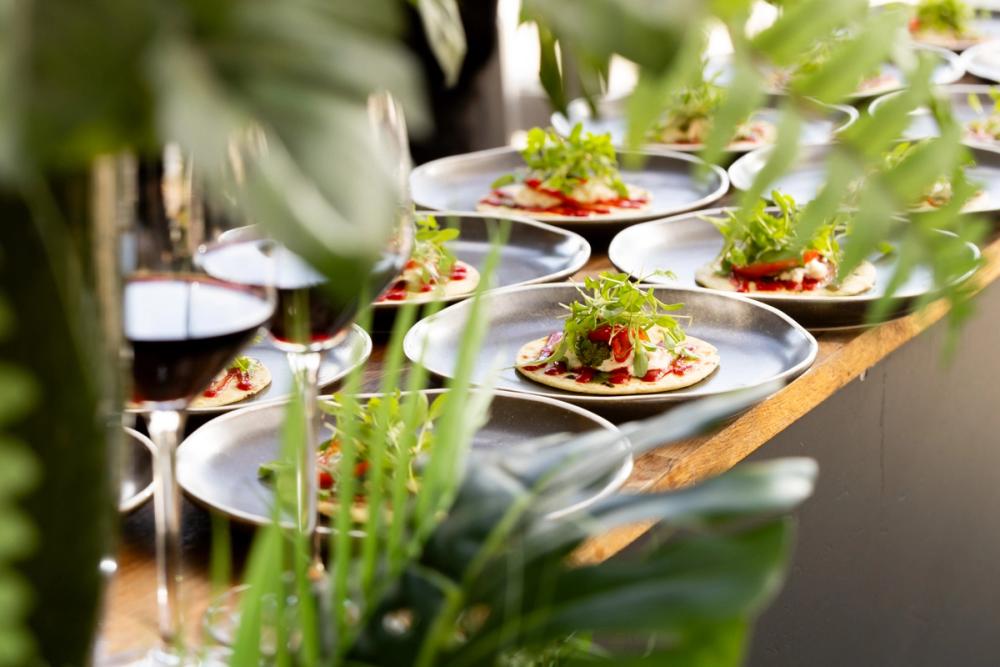
Giant Steps Yarra Valley Chardonnay, 2023
Peerick Sauvignon Blanc Fume, Pyrenees, 2021
Tellurian Marsanne, Heathcote, 2024
2nd Course – Chalk Stream Smoked Trout
Oakridge Wines Hazeldene Single Vineyard Chardonnay, Yarra Valley, 2023
Fowles Ladies who shoot their Lunch Chardonnay, Strathbogie Ranges, 2021
Mac Forbes, ‘Woori Yallock” Ferguson Chardonnay, Yarra Valley, 2019
3rd Course – Beef Tartare with charred SW2 Sourdough
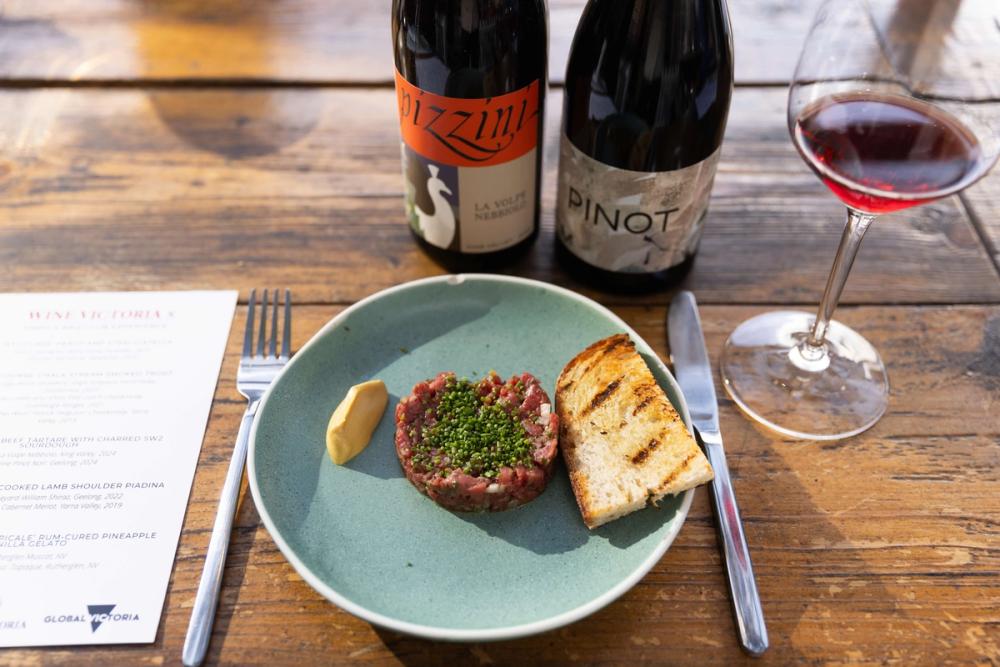
Pizzini, La Volpe Nebbiolo, King Valley, 2024
Mulline Pinot Noir, Geelong, 2024
4th Course – Slow-cooked lamb shoulder Piadina
Oakdene Single Vineyard William Shiraz, Geelong, 2019
Yarra Yering Agincourt Cabernet Merlot, Yarra Valley, 2019
To finish – Hackney Tropical Rum Cured Pineapple with Vanilla Gelato
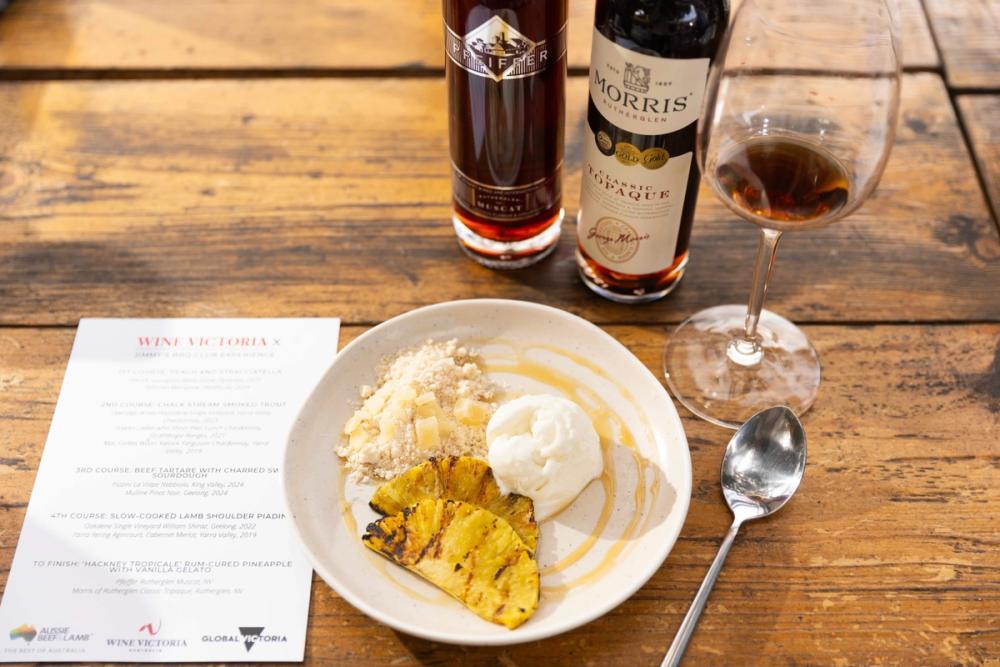
Pfeiffer Rutherglen Muscat, NV,
Morris of Rutherglen Classic Topaque, NV,
- To find out more about Victoria go to Wine Victoria website here.
- Our thanks to Jimmy’s BBQ Club for hosting the lunch and the event.
